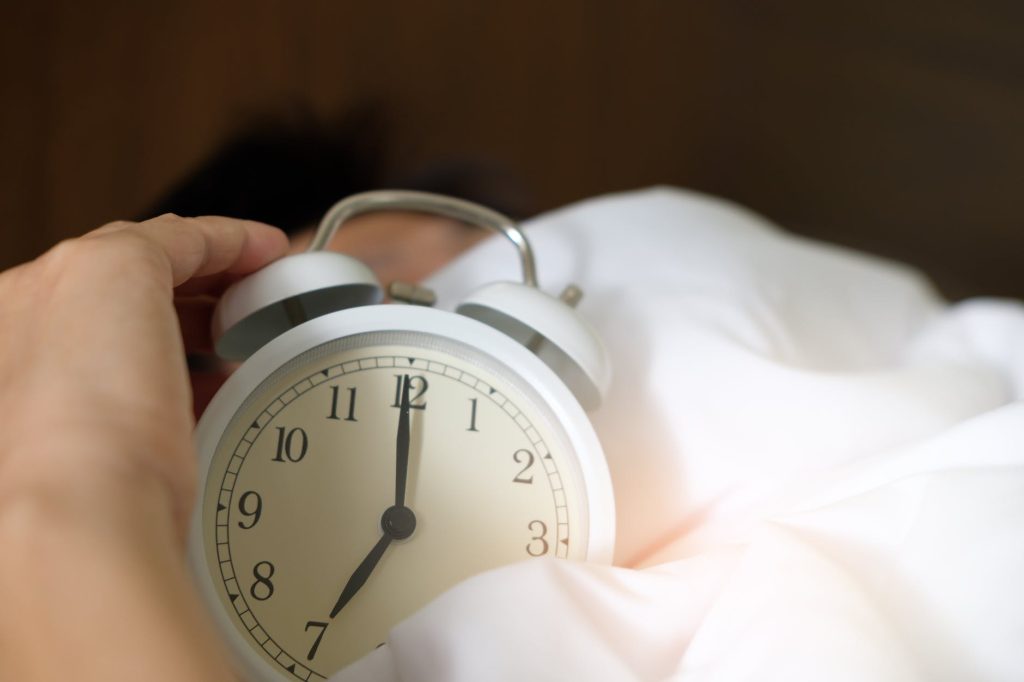What do you need to keep fit? For most people, that means sticking to a nutritional diet, working out at a great gym like XSport Fitness, and getting enough quality sleep. But what about taking a nap?
Napping is actually a very common activity among adults, despite how some people may think that it’s only for babies. In fact, in the US, 1 out of 3 adults take a nap regularly.
There are actually several types of naps. There’s the restorative nap, when you didn’t get enough sleep the previous night and you’re compensating with a nap. There’s also the nap you take to prepare for an overnight shift or for all-nighter study session. This nap, funnily enough, is called the “prophylactic nap”.
But you also have what’s commonly called a power nap. This is a short nap that doesn’t go over half an hour, and it offers certain benefits that are similar to what you get with a good night’s sleep.
Benefits of Power Naps
You might want to consider taking that short power nap every now and then. They’re great for compensating for a bad night of sleep, or if you often feel drowsy in the afternoon.
Here are some benefits you may enjoy as a result:
- It makes you feel more awake. When you wake up from a power nap, you feel more alert for the next 4 to 6 hours or so. That’s great when you have to be alert during that time frame, such as if you have an exam
- It’s relaxing. You should take a power nap when you’re a bit stressed. These power naps can actually reduce stress levels.
- It reduces fatigue. It energizes you and you feel like you can get a lot more things done.
- It boosts your mood. You might not feel so blue afterwards. In fact, you may need a nap if you’re feeling a bit grumpy (you big baby).
- It enhances performance. This is especially important for jobs that comes with increased risk if you’re not fully alert. Power naps boost reaction time and memory, so they’re helpful for pilots and drivers.
- It boosts the immune system. This was indicated by a 2015 study that was published in The Journal of Clinical Endocrinology and Metabolism.
- Your heart also benefits. Those who took power naps maybe once or twice a week were less likely to go through cardiovascular issues.
Tips on Taking a Power Nap
If you think you can benefit from these naps every now and then, you should consider taking a power nap. But here are some tips so you do it right.
Set an Alarm
You should set it to ring maybe 10 to 30 minutes afterwards. That makes it easier to wake up afterwards, and you won’t feel groggy when you wake up. If you go past 30 minutes, then your body enters a deeper sleep, and suddenly waking up from a deep sleep can make you groggy.
Pick the Right Time
You may not want to take a nap too close to your regular sleeping time. Keep in mind that it’ll keep you alert for the next 4 to 6 hours. So, if you normally go to sleep at 10PM, taking a nap at 6PM may not be such a good idea.
The optimal time for naps is the exact midpoint between your waking time and your normal sleeping time. If you wake up at 8AM and then sleep at 10PM, then you should get your nap around 2PM.
Set Your Nap Environment Properly
Your bedroom is actually the perfect place for your nap, as your body and mind are already conditioned for sleep when you’re in bed. But if that’s not possible, try to recreate similar conditions. Find a comfy spot where you won’t be bothered. It should be quiet, dark, and cool. You may want to use a sleep mask and some earplugs if you’re sleeping in your office.
Try Drinking Coffee Beforehand
This doesn’t work for everyone, but it may work for you. The idea is that it takes a while for the caffeine to kick in. If you drink a cup of coffee (a small shot of espresso will do) right before you fall asleep, the caffeine takes effect after you wake up.
It doesn’t work for everyone because people have different reactions to caffeine. For some people, the caffeine kicks in almost immediately, so the coffee will just keep them from falling asleep.
Just try this when you’re taking a nap in the early afternoon. If you drink a cup of coffee at 4PM, that may affect your nighttime sleep.
Final Words
Power naps aren’t for everyone. Some people still feel tired and disoriented when they wake up, even if the nap was just 20 minutes long.
Also, power naps are fine once or twice a week. If you feel the need to take a power nap every afternoon you may just need to increase your nighttime sleep instead!

